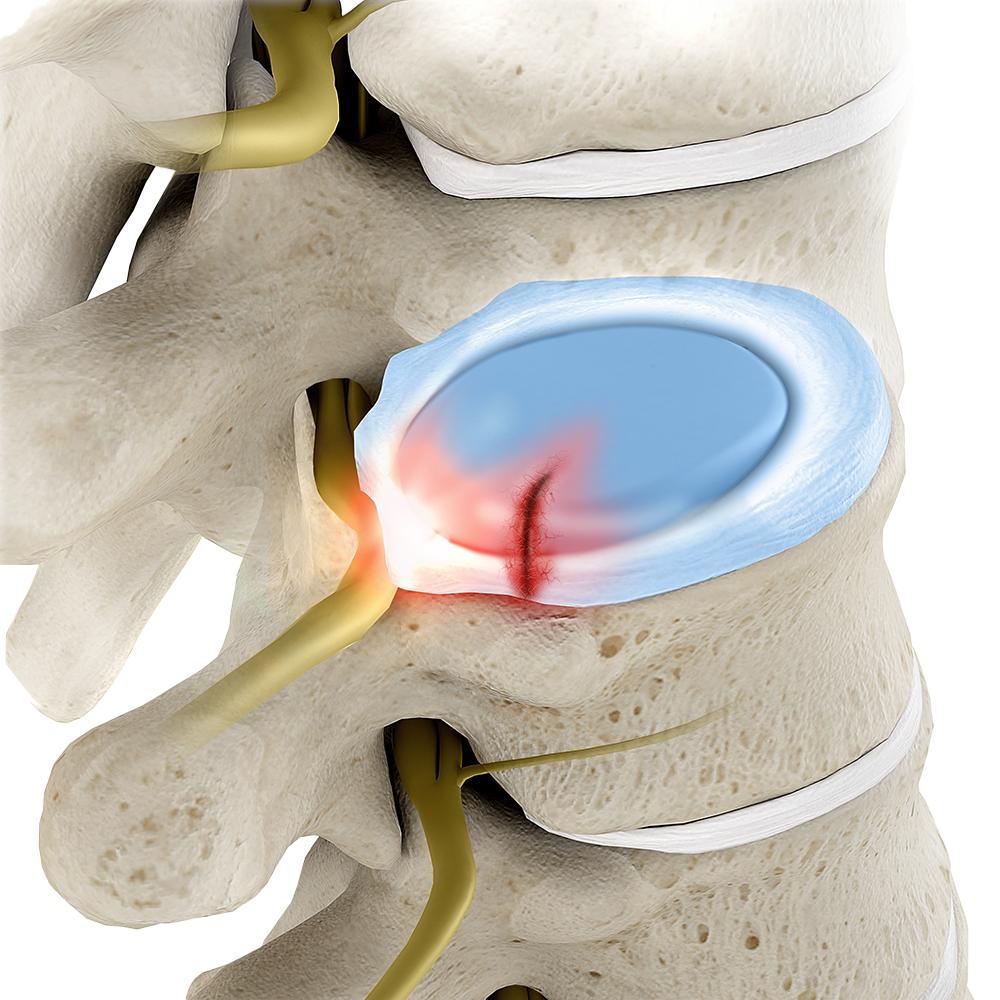
Discography
The right treatment starts with the right diagnosis
Discography is a diagnostic procedure that helps determine which disc is causing your back pain. By injecting dye into one or more discs, the doctor can detect structural damage and see if a disc has begun to rupture.
Discography typically takes about 30-60 minutes to perform. During that time, you’ll be awake but sedated. Your doctor will ask questions about the intensity, type and location of the pressure, and your answers will help determine your diagnosis and appropriate treatment option moving forward.1
Benefits
Diagnostic accuracy studies show evidence that discography is a useful tool for imaging disc morphology missed by MRI and other tests.3
How it works
Under x-ray guidance, a thin guide needle is inserted into one or more discs. The discs are then pressurized one at a time with contrast dye to outline any damaged areas. Your doctor will ask if you feel pressure or pain. If you feel pain, your doctor will ask how it compares to your usual pain. By asking questions about the intensity, type, and location of the pressure, your doctor can determine your diagnosis and appropriate treatment options.4

